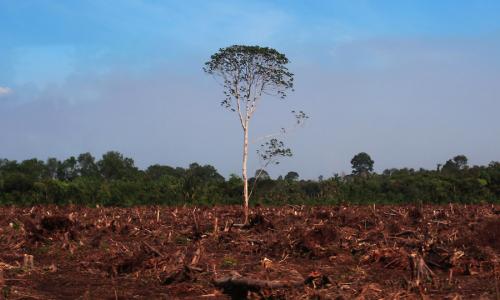What if you found out that just four commodities—commodities so pervasive in modern life that we encounter them daily—are responsible for more than half of the world’s tropical deforestation? What if you learned that many of the other commonly cited causes of deforestation, such as cocoa, sugar, and coffee, are now only marginal parts of the global problem?
Surprisingly, all of this is true. Just four commodities—beef, soy, palm oil, and wood products—drive the majority of tropical deforestation.
Why does deforestation matter? Forests—especially tropical forests—store enormous amounts of carbon. When forests are destroyed, that carbon is released to the atmosphere, accelerating global warming. Deforestation accounts for around 10% of total heat-trapping emissions—roughly the same as the yearly emissions from 600 million cars.
In addition to storing carbon, forests provide important habitat for a long list of endangered species—and they offer many other benefits, such as clean water, forest products, and livelihoods for indigenous communities.
With large areas of cheap land, relatively low labor costs, and a year-round growing season, the tropics have become a favored location for large-scale industrial commodity production. Eliminating emissions from commodity-driven tropical deforestation can play a huge role in reducing climate change—and we can do it in the near future.
The four major drivers (and some minor ones)
The following four commodities are the largest drivers of deforestation. Together, they have an outsized impact on the health of our world’s forests and climate, annually contributing 3.83 million hectares of deforestation, an area about the size of Switzerland.
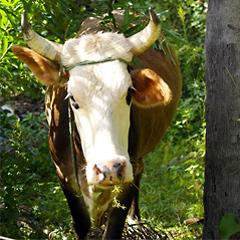
Beef cattle
Of the four major deforestation drivers, beef has by far the largest impact. Converting forest to pasture for beef cattle, largely in Latin America, is responsible for destroying 2.71 million hectares of tropical forest each year—an area about the size of the state of Massachusetts—in just four countries. This is more than half of tropical deforestation in South America, and more than five times as much as any other commodity in the region. Learn more >
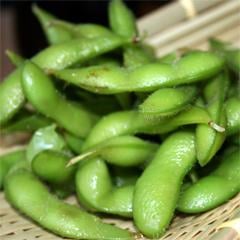
Soybeans
Growing global demand for meat and dairy products has contributed to the doubling of soybean production in the last 20 years. Soy is primarily used to feed pork, poultry, and dairy cows, though significant amounts are also used to produce vegetable oil and biodiesel. Large soybean fields in the tropics, particularly in Latin America, are often planted on newly deforested land—or they may expand onto former pastureland, pushing cattle to the forest frontier. Every year around 480,000 hectares is deforested for soy in major soy-producing tropical countries. Learn more >
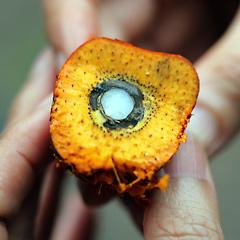
Palm oil
Palm oil is used in countless processed foods and personal care products, as well as biofuels and vegetable oil. Produced largely in Southeast Asia, palm oil packs a powerful climate punch, not only because of the amount of land deforested annually (270,000 hectares in three leading countries), but also because much of this area includes the carbon-rich soils known as peatlands. Peatlands contain up to 28 times as much carbon as the forests above them—carbon that's released to the atmosphere when peatlands are drained for oil palm plantations. As a result, palm oil contributes the most global warming emissions of any commodity besides beef. Learn more >
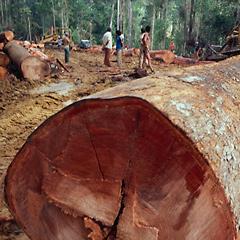
Wood products
Perhaps the most iconic symbol of forest destruction, wood production has been shown to cause around 380,000 hectares of deforestation annually in key countries, though the actual number is likely higher. Wood products can be divided into two categories. Pulp is made from tree fibers and used to produce paper and related products. It drives deforestation primarily in Indonesia, where forests are cut down for plantations of fast-growing tree species. Timber, used for construction or high-end products like furniture, is most clearly linked to forest degradation, in which valuable tree species are harvested and the rest remain. Degraded forests are more likely to be targeted for conversion to other land uses. Learn more >
Other drivers
Besides the four mentioned above, many other commodities contribute on a smaller scale to tropical deforestation, including coffee, rubber, cocoa, and sugar. While these commodities may have caused significant deforestation in the past (and might again in the future), none of them currently has an impact approaching that of the four major drivers. Learn more >
Solutions
Because these commodities are in so many widely used consumer products, changing the way they are produced could have huge benefits for the climate, forests, and people around the world. And this change is possible—there are strategies to produce beef, soy, palm oil, and wood products in ways that allow the world’s forests to thrive.
Already innovative governments and companies have begun taking real steps toward protecting forests from destruction. Deforestation in the Brazilian Amazon fell by 70% from 2005 to 2014, largely thanks to temporary agreements by processors and exporters to stop buying cattle or soy linked to deforestation in the region. Some companies have made commitments to ensure that future sourcing of their commodities (most often palm oil) will be free from deforestation.
Yet these temporary and partial measures are not enough. As deforestation in the Brazilian Amazon has decreased, we must stem the tide of deforestation in other ecosystems and other countries. Major companies that operate in forested regions, or source products from them, must commit to ending deforestation for all their operations. When companies make these commitments—and follow through on them—they finally begin to show that destroying forests, reducing habitat, and contributing to global warming can no longer be business as usual.
